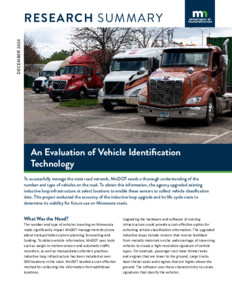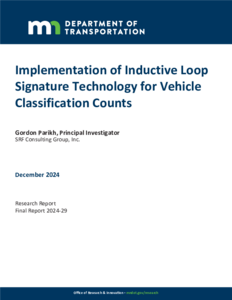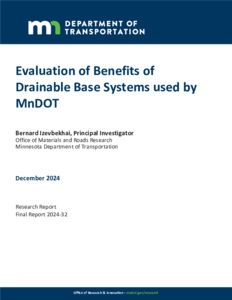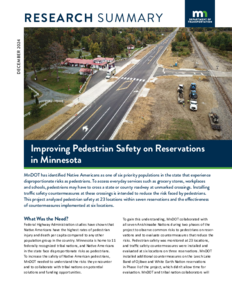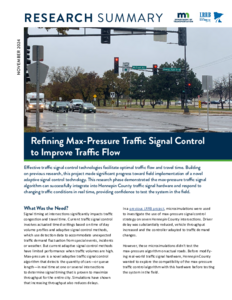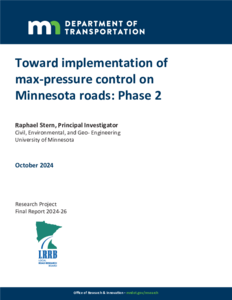series within Research Reports collection
Implementation of Inductive Loop Signature Technology for Vehicle Classification Counts
Date Created
2024-12
Report Number
2024-29
Description
Pedestrian Safety and Accessibility Best Practices for Channelized Right-Turn Lanes
Date Created
2024-12
Report Number
2024-31
Description
Evaluation of Benefits of Drainable Base Systems used by MnDOT
Date Created
2024-12
Report Number
2024-32
Description
Re-Use Of Minnesota Waste Material In Sustainably Designed Soils — Part 2
Date Created
2024-09
Report Number
2024-23
Description
Toward implementation of max-pressure control on Minnesota roads: Phase 2
Creator
Date Created
2024-10
Report Number
2024-26
Description

